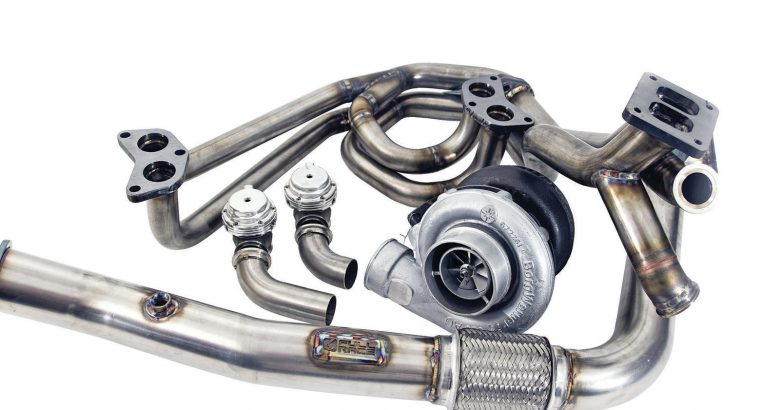
Turbocharging is enjoying a second renaissance these days. Originally “turbos” were devices that car makers put in their vehicles to boost performance. Back then, if you had a turbo on your car, you had one hot car.
Today turbocharging is as popular as ever but for a different reason: they allow car makers to put smaller engines in cars and trucks. This means they can deliver great power in a vehicle that offers the advantages of a smaller engine; things like good fuel economy and low pollution.
How they work
Fact number one: all internal combustion engines generate powerful exhaust gases. What turbochargers do is harvest the energy of these exhaust gases and use it to spin a small turbine. This turbine, in turn, is used to drive pressurized ambient air so it can be driven into the engine for powerful combustion. Basically, what you have is a device that uses the wasted energy of exhaust gases to make engine combustion more efficient.
Harsh conditions
Turbochargers work exceptionally well but what they do is rough on its parts. First, they spin very fast. The engine in your car typically rotates at some 3000 RPM when being driven. But the impeller in a turbocharger rotates some 20-30 times faster! In fact, some of them can rotate over 100,000 rpm when under full power. Keeping an impeller spinning this fast requires some really good lubrication.
And they get really hot. Not only do the spin fast, they have 1600 degree exhaust gas driving the turbine. This is actually close to the temperature that cast-iron glows red and starts to melt. Needless to say, engineers pay very close attention to “thermal management” when they design turbos.
Make’m last
Turbochargers are not one of those devices that are forgiving of poor maintenance. We asked the service manager at Atlantic Lexus of 110, a local Lexus dealer in Farmingdale, NY, for some tips on how to keep a turbo running and here is what he suggested:
- Perform regularly scheduled oil changes:
Regular oil changes are already crucial to an engine’s longevity and it’s invaluable to the life of a turbocharger. The first turbos were oil-cooled by the engine’s oil, and dirty oil could seriously shorten their lives. Today’s turbos are additionally cooled by coolant -but are still harsh on oil. Only use a fully-synthetic oil in your car’s engine.
- Warm it up:
Get both your coolant and oil up to operating temperature before indulging in any hot-rodding.
Oil lubricates the best when around 190 to 220 degrees F. Prior to that, its thicker state increases oil pressure which puts more strain on oil seals. Getting the oil up to temperature also burns off moisture that builds up in the oil-pan.
But how long does it take to get the oil up to 190 to 220 degrees F? A good rule of thumb is once the coolant temperature is up where it belongs, the oil will take another 10-minutes of driving to follow suit.
- Cool it down
After working your turbo out a bit give it some time to cool down before shutting off the engine. A minute or two of idling helps your oil cool the turbo (and itself). The reason for this is because of that lifeblood-oil coursing through it. If it’s not given proper time to circulate and cool, the oil cooks into sludge – and clogs the oil channels.
Note: Programmable “turbo-timers” are available for purchase, able to set times for idling the engine without the key in the ignition (security features like sudden-shutdown when keyless driving is detected are available). This bit of anal retentiveness can be worth hundreds to thousands in avoided early turbo failure.